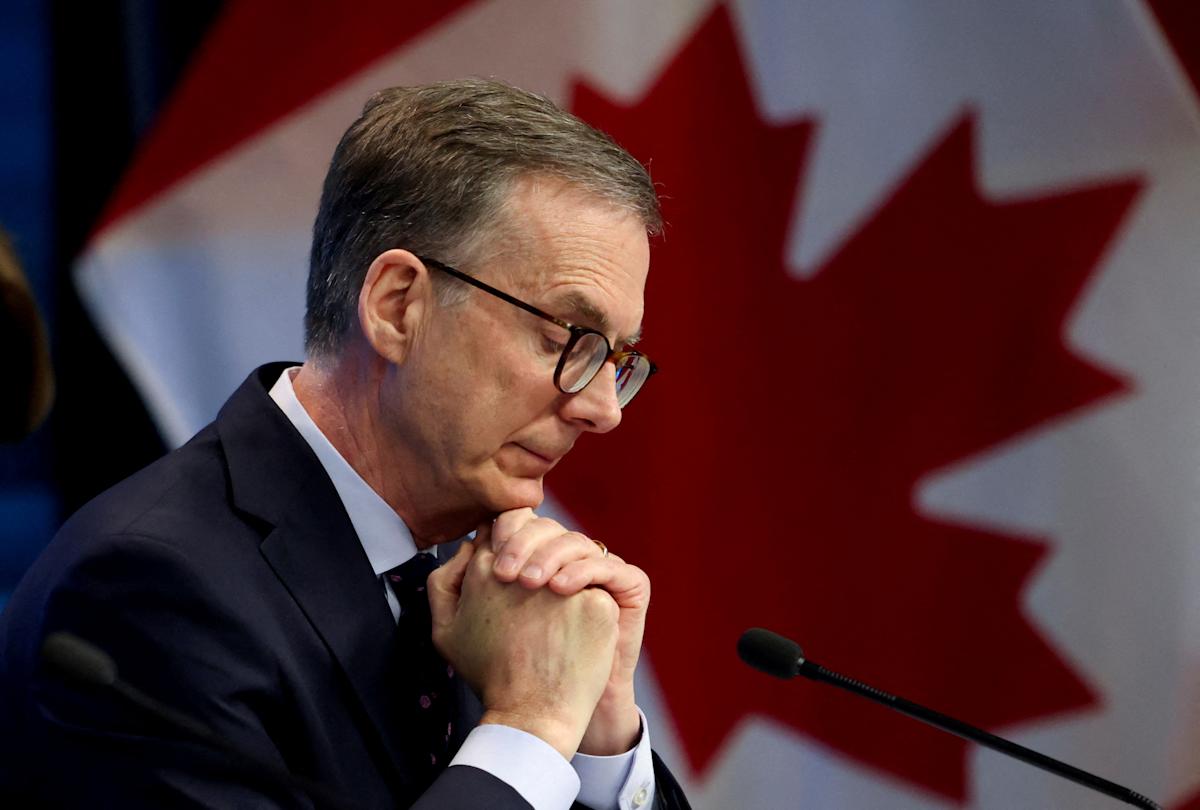With trade tensions simmering and recession fears rising, economists are making the case for the Bank of Canada to pause its recent series of seven cuts today, leaving its policy rate unchanged at 2.75 per cent.
The odds of a pause were 58 per cent as of Friday, according to a Reuters analysis of currency swaps.
With U.S. reciprocal tariffs on Canadian goods now temporarily halted, BMO chief economist Doug Porter says Canada has gone from the forefront to the backstage of U.S. President Donald Trump’s trade war.
“Since we had built in something much heavier into our forecast initially, we are making a small, almost technical, upward adjustment to GDP . . . albeit still with two quarters of declining activity this year in Q2 and Q3,” Porter wrote last week.
“Make no mistake, that’s still a very soft performance and is below consensus, but it’s probably just firm enough to prompt the Bank to hold.”
Desjardins foreign exchange strategist Mirza Shaheryar Baig expects Canada’s central bank to await more clarity on U.S. trade policy before delivering further rate cuts.
“What Canadian policymakers need most is clarity on the nature of the incoming inflation shock,” he wrote in a research note.
“That will take time to assess, and Governor Macklem has already admitted that waiting for that clarity may mean his central bank moves more quickly later in the year.”
Thomas Ryan, North America economist at London-based Capital Economics, is also in the hold camp.
“Despite the economy facing the existential threat of 25 per cent tariffs back in March, the Bank of Canada seemed reluctant to commit to aggressive policy loosening because of upside inflation risks,” he stated in an email.
“With tariffs proving less severe than most had feared and underlying inflation running far above two per cent, we now expect the Bank to keep its policy rate at 2.75 per cent.”
